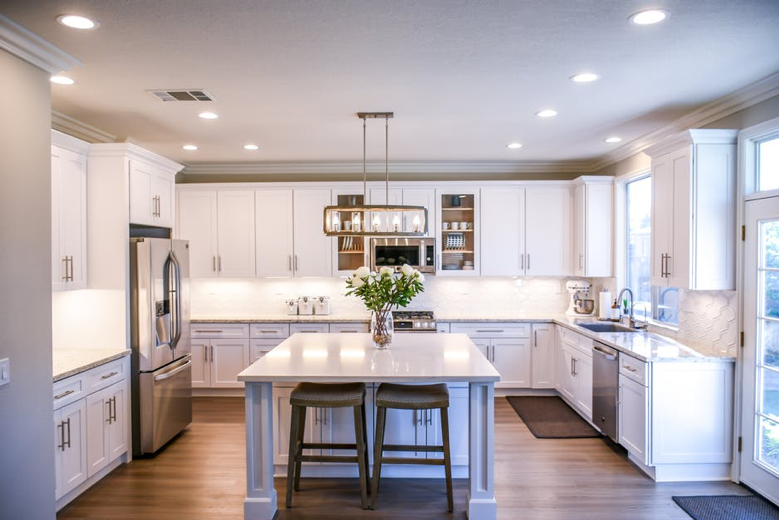
If you are installing your traditional kitchen sink tap, congratulations! That means that you have already tackled the biggest and hardest part of the job, taking the old one out. Unfortunately, it’s usually at this step that most of the bad stuff going on with your old kitchen sink tap is discovered. This includes things like corroded pipes and other situations that usually aren’t uncovered until you’re down there. And let’s face it, unless you are looking for cleaning supplies, you’re probably rarely ever down there. So, in honour of this momentous occasion, this list will cover the steps you need to replace your tap with a new one.
Step 1. Turn off the water. Unless you’re in the mood for an impromptu shower, not to mention a great deal of excitement, turn off the water at the valves underneath the sink.
Step 2. Since you have already removed your tap, basically all you will be doing to replace it will be to do everything you have already done in reverse. You will even use the same tools, but with the addition of plumber’s putty or plumber’s tape to seal the new connections.
Step 3. Set the new tap on the surface of the sink. This will place the pipes running from the hot/cold knobs in the right position. It’s usually a good idea at this point to apply your plumber’s putty on the threads of the connections. Then, from underneath, you will need to install the flange or turn the existing holder to keep the tap in place while you make sure it is in the right position. It’s for this reason that you will only want to apply these fingertip-tight so you can adjust the tap if needed.
Step 4. Tighten the flange. Now that your tap is in the right position, tighten the flanges underneath to keep the tap in the right spot. It might be a good idea to buy a wrench for this purpose. Not only are they inexpensive (about £7), but they will spare you a lot of skinned knuckles and undue cursing.
Step 5. Now connect the hoses. At this stage you will reconnect the hoses that take water from the valves underneath to the tap. Again, it’s a good idea to apply plumber’s putty to both ends of the connections to ensure that there is no leakage at either the valves or the tap. Now, with the drop wrench and your adjustable wrench, tighten each end of your hoses to seal the connections.
Step 6. Let water rip. Now it’s time to enjoy the fruits of your labour. Turn on the water valves which will send water to the tap. Now, when you turn on the faucets at the tap, you should have fresh clean water at your disposal.
Finally, it’s important that you make sure there are no leaks in the connections you made. If there are, unless you fix them at this point, you will be in for an unpleasant surprise when you spot water coming from underneath your sink. If you do see a leak at one or more of the connections, turn the water off again and disconnect that joint, reseal it, and reconnect it. You should have a good seal as well as a well functioning kitchen tap.
